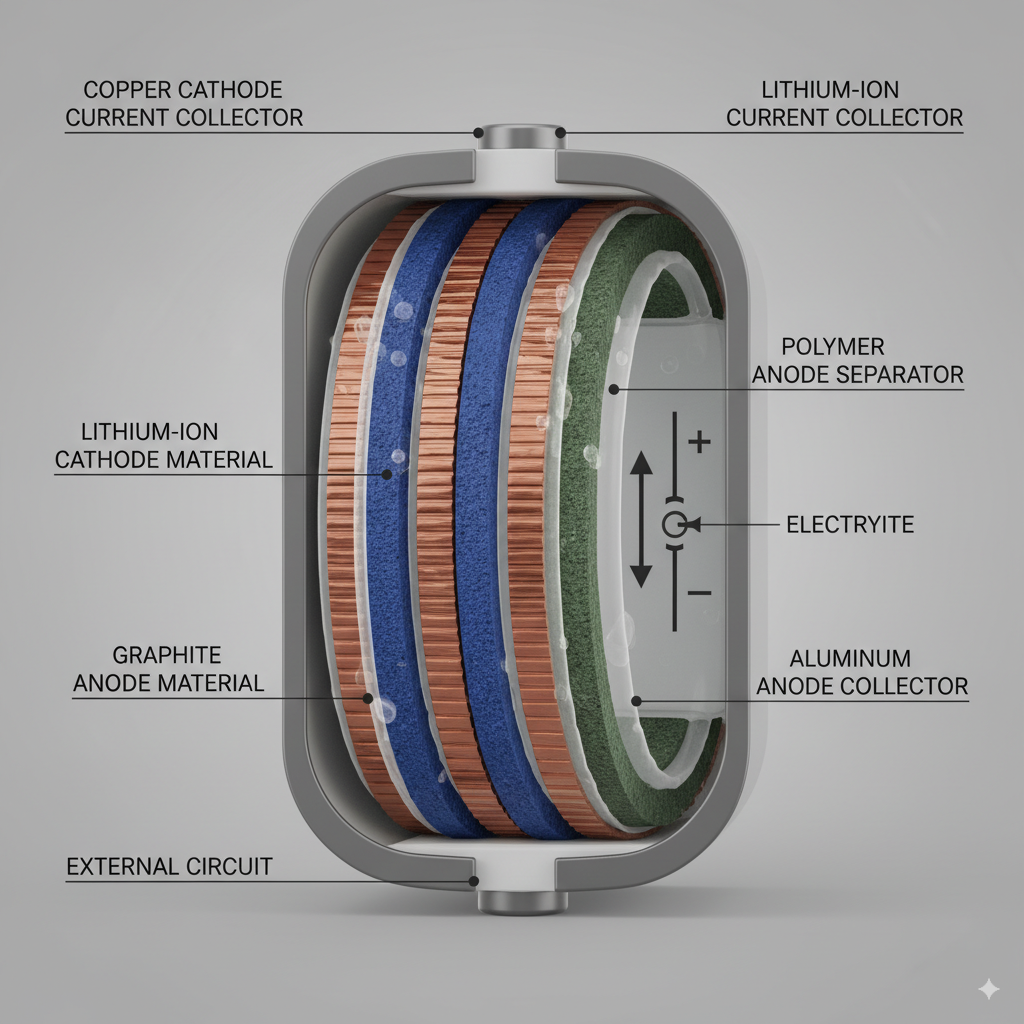Copper’s charge depends on its role in electrochemical systems. Here’s a structured explanation:
In electrochemistry, copper can act as either a cathode (reduction site) or anode (oxidation site), depending on the system:
As a cathode: Copper gains electrons (reduction) and is negatively charged.
Example: In electroplating, copper cathodes attract positively charged metal ions (e.g., Cu²⁺) from the electrolyte.
[Image: Copper cathode in electroplating, showing metal deposition on its surface.]
As an anode: Copper loses electrons (oxidation) and becomes positively charged.
Example: In a copper-zinc galvanic cell, the copper anode dissolves into Cu²⁺ ions.
Copper cathodes are critical in thin-film lithium-ion batteries:
Charge state: As a cathode substrate, copper remains electrically neutral but facilitates electron transfer during charging/discharging.
Advantages:
High conductivity reduces energy loss.
Stability under high voltages improves battery lifespan.

❌ "Copper is always negative": False. Its charge depends on context (e.g., in corrosion, copper pipes act as anodes and corrode).
✅ Key takeaway: Copper’s charge polarity is determined by its electrochemical environment.
Copper cathodes are widely used in:
Electroplating: For automotive and electronics manufacturing.
Batteries: As conductive substrates in next-gen lithium-ion designs.

Copper is neither inherently positive nor negative—its charge depends on its role in electrochemical reactions. In battery technology, its neutrality as a cathode substrate and exceptional conductivity make it indispensable for efficient energy storage.
